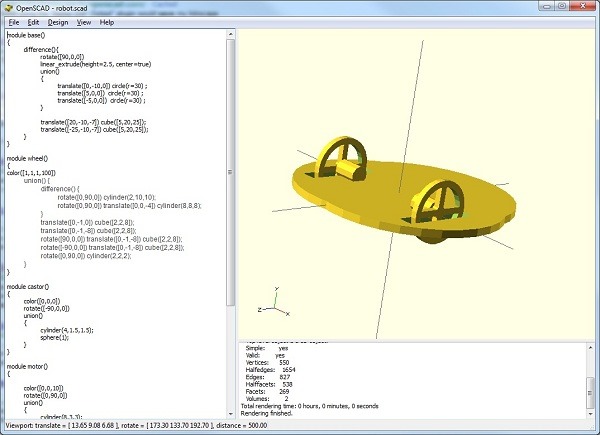Introduction to Aquaponics
- Posted in:
- Aquaponics
Growing my own produce is something that I have been thinking about for some time. Now with the combination of the rising cost of fresh produce, combined with having a young family, it seems like the right time to start. Now I should point out that I am not doing this from a cost point of view, so I am not taking into account the payback period for setting up the system. This will just be an added benefit over time.
Now, living in a fairly new residential suburb, we don't have a lot of space around the house for growing (although at approximately 250 m2, we have a larger than average backyard by today's standards). The lack of space, as well as the desire for ease of maintainability, is what initially led me to look at hydroponics. However, after speaking to a number of people on the subject, it became apparent that a hydroponics system would not meet my needs (primarily, to be able to grow a mixed crop). Further discussion then led me to investigate aquaponics.
Aquaponics is a combination of traditional aquaculture (raising fish etc in tanks) with hydroponics (growing plants in water). In simple terms, the fish live in the water and produce waste. That water is pumped to the plants, where the plants absorb the nutrients, and the (now clean) water is returned to the fish tank. For a more detailed explanation, refer to the Wikipidia article on aquaponics.
A traditional aquaponics system will consist of (at least) the following items:
- A fish tank to raise the fish
- One or more grow beds (which may or may not contain a grow medium, more on that later) for the plants to grow in
A system may also include the following items, depending on the configuration:
- A fingerling tank (for growing small juvenile fish) to project them from larger fish
- A bio filter or swirl filter (not always necessary)
- A sump tank
- Additional duck weed or marron ponds
On the subject of grow bed media, there are two main choices / types. The first is to use a media-less setup, where the plants are grown in 'rafts' that float on the water in the grow beds, and the plant roots are suspended in the water. The second is to use a media such as expanded clay or gravel. The plants are then planted into the media much like you would in a traditional soil garden.
The bottom line is that there are many and varied system designs (both commercial off the shelf and home built DIY), and one can be built to suit your needs.
See the article on my aquaponics system for more detail on my specific setup.
